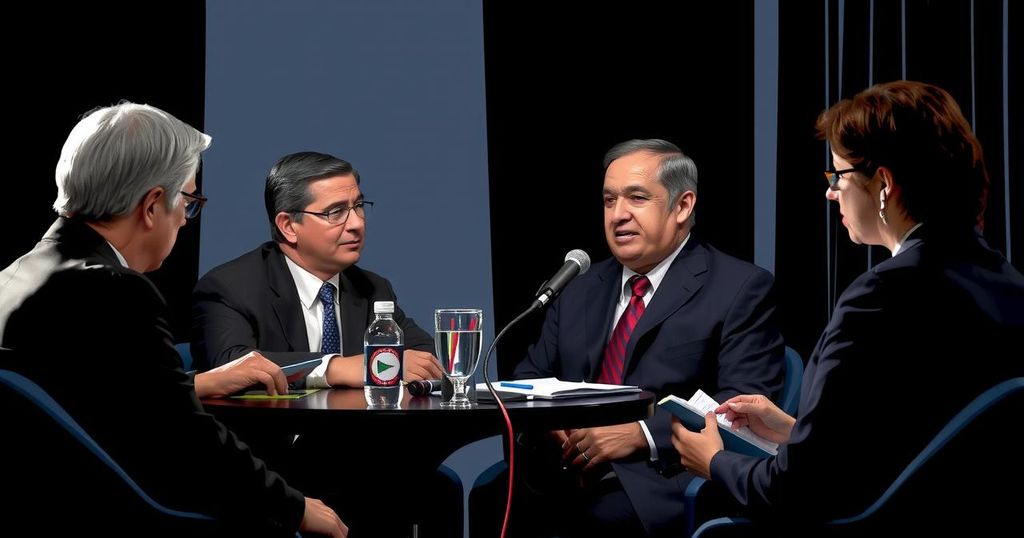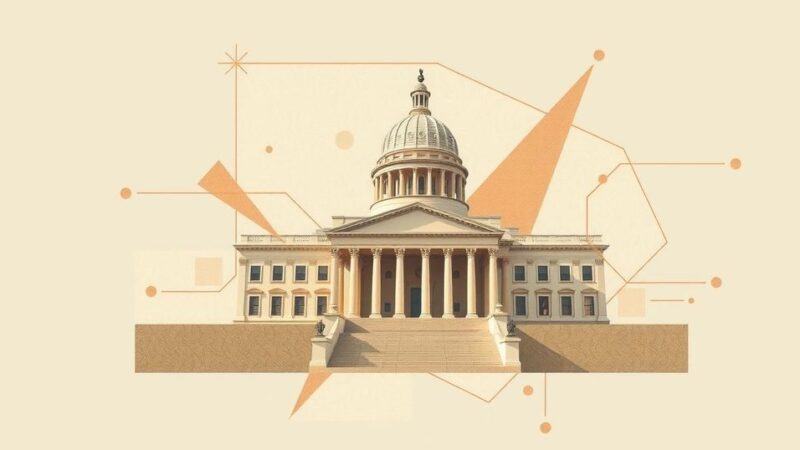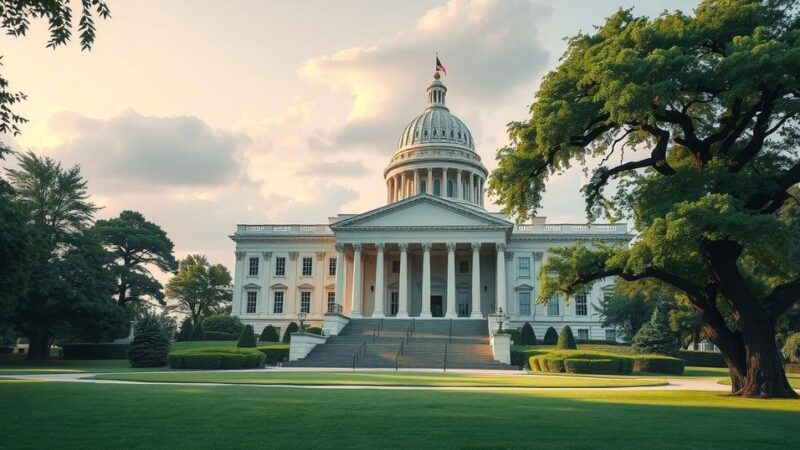Bucks County, Pennsylvania, exhibits a significant political divide reflected in the upcoming presidential election. While some residents staunchly support Donald Trump, others favor Kamala Harris, and many wish to avoid political discussions altogether. The area has historically swung between parties in recent elections, making it a critical battleground. Local leaders emphasize voter turnout strategies, especially with mail-in ballots, while residents grapple with the implications of discussing politics in their daily interactions.
Bucks County, Pennsylvania, is characterized by picturesque autumn scenery and a contrasting political landscape that reflects deep divisions among its residents. This area, situated along the Delaware River, remains a focal point for the upcoming presidential campaign. Conversations disclose a sharp split in political allegiance: while some hold former President Donald Trump in high esteem, others view Vice President Kamala Harris as a transformative leader capable of steering the nation away from political turmoil. Despite these varying perspectives, most residents appear weary of political discourse, opting instead for silence on contentious issues, particularly in light of its potential impact on local business. This hesitation was articulated by a local Trump supporter, who remarked, “We’re divided around here. It’s basically 50-50. But we don’t talk about it… It’s definitely not good for business.” Bucking previous electoral trends in 2016 and 2020 where Hillary Clinton and Joe Biden won the county respectively, the sentiment now reflects anticipation rather than optimism in the lead-up to the elections. Democratic figures like Pennsylvania State Senator Steve Santarsiero are actively mobilizing their base, anticipating a narrow margin in the county, which could influence the overall state outcome. Santarsiero acknowledged the fluid nature of the political climate, stating, “I think she could win.” Meanwhile, Republican voters are vocal about their discontent with the current administration, citing concerns over the economy and border security. Despite the divided sentiments, many locals, irrespective of party affiliation, prefer to limit political discussions to avoid discord. Voter outreach efforts are intensified as officials strive to ensure mail-in ballots are returned, recognizing that turnout will be key in such a closely contested area. The social backdrop of Bucks County, with residents reinforcing their political preferences through yard signs, further underscores the community’s fractious climate. As the election nears, the pervasive desire to distance daily life from political conflict remains evident among the populace. Amidst the backdrop of Halloween festivities, the contrast is stark between the colorful decorations and the stark campaign signs that dot the neighborhoods, symbolizing the ongoing electoral battle that many wish to see concluded. Reflective of an impending election filled with uncertainty, residents of Bucks County must navigate their polarized environment, balancing personal alignments with the collective need for civility in community interactions.
Bucks County, Pennsylvania, serves as a microcosm of the broader national political landscape, with its residents showcasing pronounced divisions in political ideology. The county’s election outcomes have historically been contested yet consequential, as evidenced by Clinton’s and Biden’s victories in previous elections. As the presidential election approaches, the political climate remains charged, with local leaders from both parties recognizing the importance of voter mobilization efforts. The county’s demographic contours, coupled with the emotional fatigue many residents feel regarding political dialogue, contribute to a complex narrative that shapes election strategies.
In summary, Bucks County represents a battleground demonstrating the fluctuating dynamics of American politics, characterized by deeply entrenched divisions and a palpable yearning for civility amidst electoral tensions. As both parties ramp up efforts to engage voters and secure turnout, the county’s impact on the broader election outcome cannot be underestimated.
Original Source: rollcall.com







